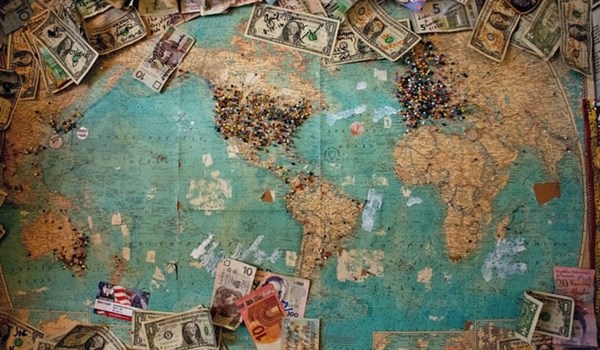Jurisdictions
Regions
Industry Sectors
07/02/22
US: Art trade vulnerable to money laundering but reform should wait, Treasury says.

As published on icij.org, Monday 7 February, 2022.
Citing evidence that the world’s biggest art market is vulnerable to money laundering and other financial crime, the U.S. Treasury department suggested in a new report that the agency consider a host of reforms — including requiring dealers to better vet their clients, report suspicious activities and improve transparency.
The high-dollar value of many art transactions, the frequent use of intermediaries to buy and sell art and a long-standing culture of privacy make the market “susceptible to abuse by illicit financial actors,” the 40-page report concludes.
While the report outlines potential reforms — including some that would bring the U.S. more in line with the United Kingdom and Europe — it falls short of recommending specific approaches. And it concludes by suggesting that the Treasury department focus first on closing other “outstanding gaps” in the U.S. anti-money laundering system, including those related to company ownership information and the real estate sector.
“We have found that while certain aspects of the high-value art market are vulnerable to money laundering, it’s often the case that there are larger underlying issues at play, like the abuse of shell companies or the participation of complicit professionals, so we are tackling those first,” Scott Rembrandt, a senior Treasury official overseeing the study, said in a statement to the New York Times.
The report was ordered by Congress as part of efforts to update American anti-money-laundering regulations. Last year, the U.S. added antiquities dealers to the list of professionals required to vet their clients and report suspicious activity to authorities, but didn’t apply the same rules to art dealers and auction houses.
The new report describes many of the vulnerabilities in the art market, in detail.
High-value art is portable, and often sold through intermediaries, disguising the true buyer and seller. In some cases, the entity involved in a transaction is a trust or a shell company, further obscuring ownership. Freeports — tax free, ultrasafe warehouses ー are used to hold art in secret, out of reach of tax and law enforcement authorities. Unregulated art financing firms provide loans to clients using artwork as collateral.
The report cited cases that are well known to U.S. enforcement agencies as examples of art being used for illicit purposes. They include two Russian oligarchs who used shell companies to buy art and evade sanctions, and fugitive Malaysian billionaire Jho Low who laundered vast amounts of illicit proceeds through assets including artworks purchased from a New York auction house.
Estimates of transnational crime related to art and cultural property range from $3 billion to $8 billion, the report notes. “There are no comprehensive [anti-money-laundering] requirements for most U.S. participants in the art market and no legal obligation that these participants detect, investigate, and report suspicious sales or transfers,” it says.
The study found “limited evidence of a nexus” between high-value art and terrorism financing.
Confidential emails, contracts, trust deeds and banking transactions in Panama Papers, FinCEN Files and the Pandora Papers investigations show how the ultra wealthy have been increasingly investing in art and hiding the ownership of the assets behind complex financial structures, with the help of advisers.
A recent International Consortium of Investigative Journalists analysis of the Pandora Papers, a trove of confidential records leaked from 14 offshore financial service firms, found more than 1,600 artworks by about 400 artists secretly traded through shell companies and offshore trusts in low tax rate jurisdictions.
Among those were a dozen Banksy artworks owned by a London financial broker through a New Zealand trust. In 2012 and 2013, the broker was able to sell three of those pieces through the trust while he was under criminal investigation for alleged tax evasion in Italy.
ICIJ and its partners also revealed how a businessman close to Sri Lanka’s ruling family was able to secretly move more than 30 artworks to the Geneva freeport after he was charged with embezzlement in his country. The businessman and his wife, former deputy minister Nirupama Rajapaksa, have denied wrongdoing.
The Treasury report says that many larger auction houses and galleries in the U.S. already have their own due diligence measures in place to identify potential buyers and sellers because it’s in their economic interest to weed out bad clients that could affect their reputation or represent a credit risk.
It also acknowledges the shortcomings of such a voluntary system. “The procedures can be suspended or disregarded at the institution’s discretion without the risk of the U.S. government bringing a civil or criminal enforcement action, which presents a vulnerability to the U.S. financial system,” the study said.
In the study, the Treasury listed a number of regulatory and non-regulatory actions it may recommend in the future. They include enhancing training for law enforcement and custom officials, encouraging information-sharing among art traders and dealers and applying know-your-customer requirements to all art market participants.



